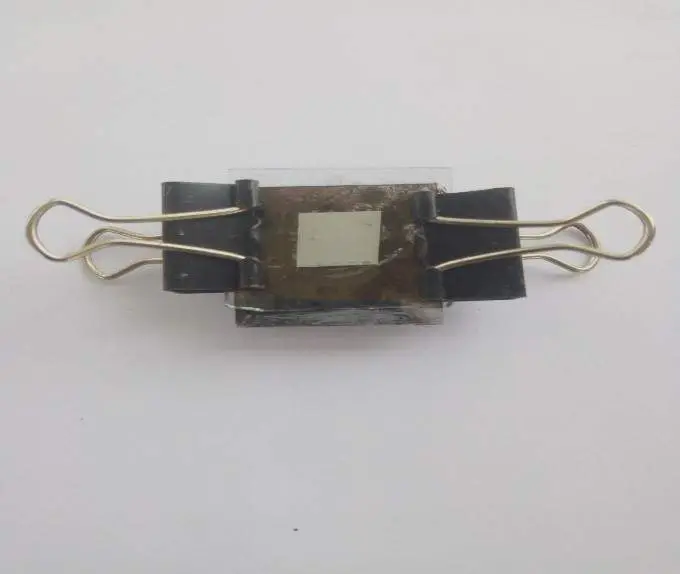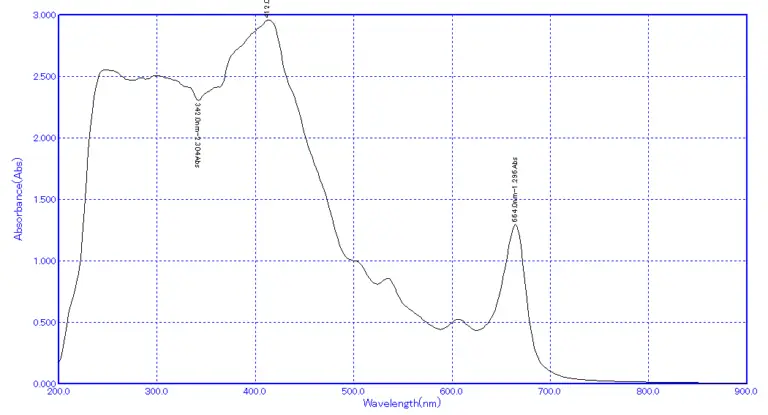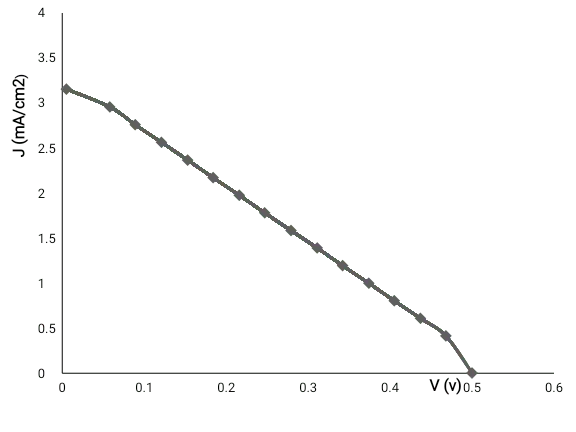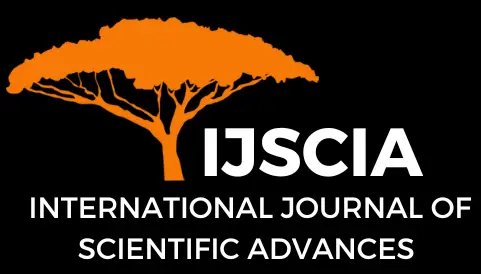Utilization of Extracted Natural Dye from Tectona grandis (Teak) as a Sensitizer for Dye-Sensitized Solar Cell
Alamu Qudus A.1*, Adara Peace Pamilerin2, Kofoworola Awodele M.1 and Oyeshola Hakeem O.1
Abstract
Cost and energy payback time in relation to solar cell performances is one of the key parameters considered for mass application. In this research work, a low-cost, easily fabricated, and the more eco-friendly photovoltaic device was successfully developed using the dye synthesized from teak plant leaves. The dye-sensitized solar cell (DSSC) is made up of photoelectrode and counter electrodes. The photoelectrode was prepared by depositing zinc paste on an active area of 1cm2 of an Indium tin oxide (ITO) glass. The glass was annealed at a temperature of 4500C for 30 minutes and stained in a beaker containing teak dye (a dye extracted using ethanol) for 24 hours. Another ITO glass was placed some centimeters above a candle flame to form the counter electrode; the effect was a dark-shaded ITO glass. To have working DSSCs, a binder clip was introduced to couple the two electrodes and three drops of iodine (as an electrolyte) were dropped in between the electrodes to complete the fabrication process. The ethanol-extracted dye has an absorption spectrum of 342 nm at a small peak and a broad absorption wavelength in the range of 412-664 nm. The power conversion efficiency (ƞ) of 0.44% was achieved through the developed solar cell.
Keywords
natural dye; ruthenium dye (inorganic dye); DSSCs; the power conversion efficiency
Cite This Article
Alamu, Q. A., Adara, P. P., Kofoworola, A. M., Oyeshola, H. O. (2022). Utilization of Extracted Natural Dye from Tectona grandis (Teak) as a Sensitizer for Dye-Sensitized Solar Cell. International Journal of Scientific Advances (IJSCIA), Volume 3| Issue 4: Jul-Aug 2022, Pages 577-580, URL: https://www.ijscia.com/wp-content/uploads/2022/08/Volume3-Issue4-Jul-Aug-No.310-577-580.pdf
Volume 3 | Issue 4: Jul-Aug 2022






